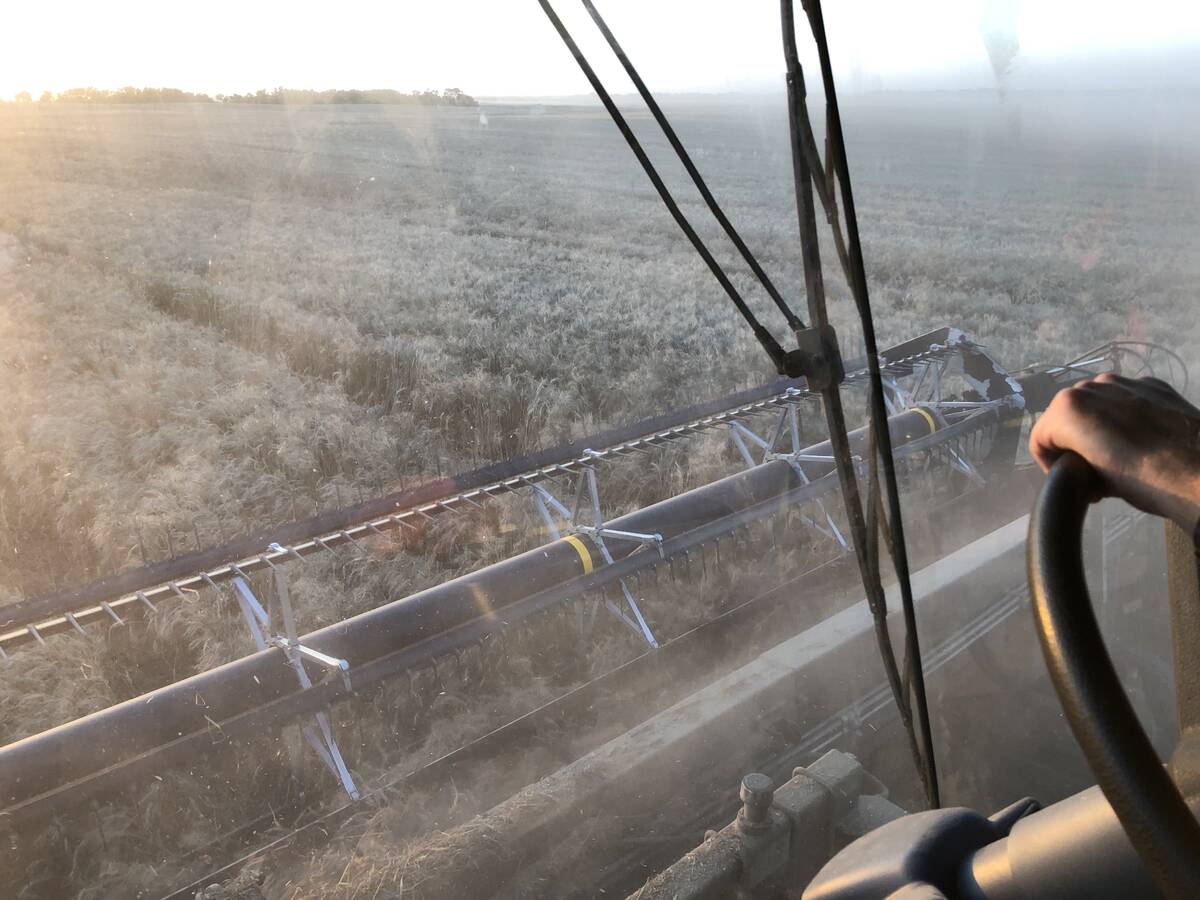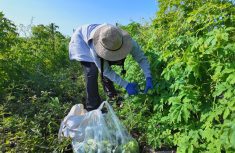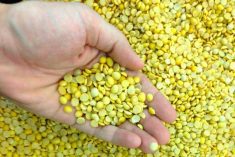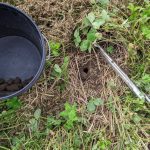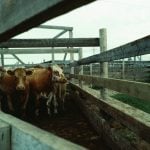Farmers participating in the Canadian Grain Commission’s Harvest Sample Program may need to find other ways to submit their grain if Canada’s current postal strike drags on.
In a note pinned to the top of the program’s official website, the CGC noted that the strike was causing mail delays with the program.
Farmers were urged to, if possible, deliver their samples directly to the CGC, either at their head office in downtown Winnipeg, another CGC office or service centre, or another approved drop off site.
Read Also
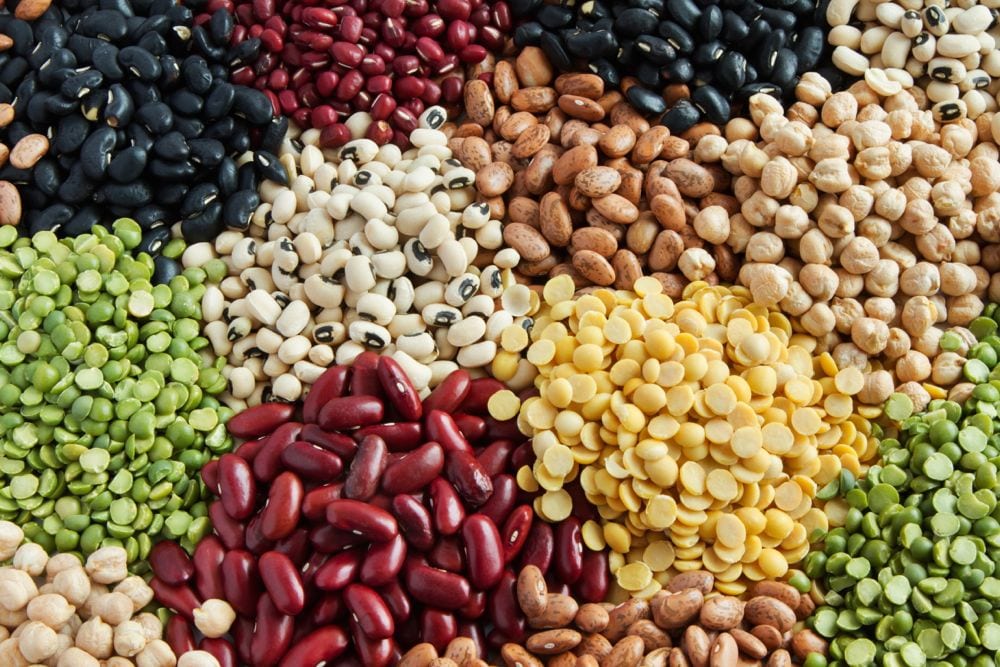
Pulse Weekly: Good yields for Manitoba peas, beans
Manitoba field peas and dry beans had average to above-average yields in their respective harvests, said the provincial government’s pulse specialist.
Service centres are located in British Columbia (Prince Rupert), Alberta (Calgary); Saskatchewan (Saskatoon and Weyburn), Manitoba (Churchill), Ontario (Thunder Bay and Hamilton) and Québec (Baie-Comeau and Québec City). Western and eastern regional offices can be found in Vancouver and Montréal, respectively. A full list, phone numbers and addresses can be found on the CGC’s webpage through the Government of Canada website.
“Please contact the office or service centre you’re visiting to confirm they have a sample drop off box available,” the website advises.
Besides CGC offices, drop off sites have been arranged at the following locations:
- BroadGrain Commodities Inc. – Dafoe, Sask.
- Bunge – Lethbridge County, Alta.
- All Paterson Grain elevators in Alberta, Saskatchewan or Manitoba
- Sakai Spice – Lethbridge, Alta.
Farmers may also choose to keep their sample until the strike ends, the CGC said.
The last day to mail samples is Nov. 30, 2025. Dec. 31, 2025 is the last day for any samples to be included in this year’s Harvest Sample Program.
Testing for quality
The cross-country Harvest Sample Program is a voluntary initiative for testing a host of quality factors across a range of crops.
For each sample, inspectors provide unofficial grade and quality results at no charge, including:
- Falling number for wheat and rye,
- Vomitoxin (deoxynivalenol or DON) levels for wheat, corn, barley and oats,
- Dockage assessment on canola and mustard seed,
- Protein content on barley, beans, chickpeas, lentils, oats, peas and wheat,
- Oil, protein and chlorophyll content for canola,
- Oil and protein content and iodine value for flaxseed, and
- Oil and protein for mustard seed and soybeans.
A CGC inspection supervisor said producer participants appear to be taking the inconvenience in stride.
“There hasn’t been a lot of complaints or anything. I haven’t heard one complaint,” said Judy Elias with the Weyburn, Sask., service centre.
“We’re all used to strikes, so there’s just new ways to do old business.”


